Contents
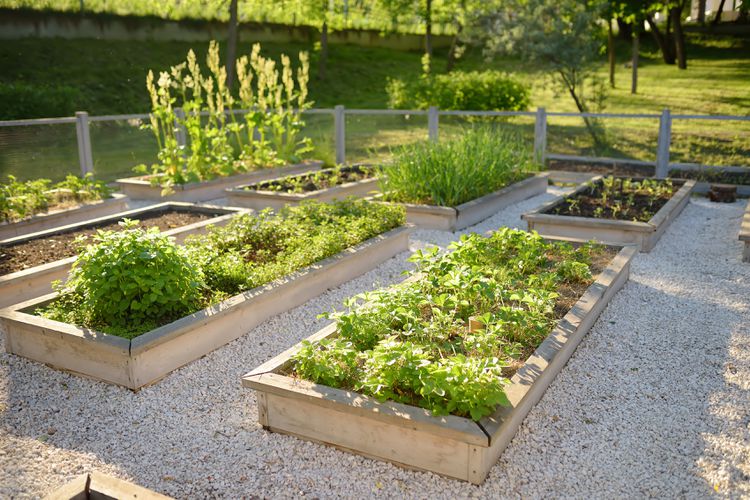
It’s no wonder that elevated garden beds are gaining popularity, and understanding the optimal arrangements for these beds will enhance your growing area.
Elevated garden beds offer numerous benefits compared to traditional garden plots: they are gentler on your back and knees, provide improved soil quality and drainage management, and create a neater appearance. Determining the optimal arrangement for your space is essential for thriving growth throughout the entire season.
Before you begin, familiarize yourself with some fundamental concepts regarding dimensions, planting techniques, and spacing in elevated garden beds.
What Dimensions Should Your Garden Bed Have?
An ideal dimension for a raised garden bed is between 3 to 4 feet in width, with a length that fits your garden space. The primary guideline for determining the size is to make sure you can easily reach the center from all sides without having to step onto the bed itself.
When it comes to dimensions, an 8-foot length is ideal for cultivating smaller crop varieties. While it is possible to extend the length to 16 or 24 feet, anything beyond that becomes less practical. Opting for multiple 8-foot beds is preferable, as it provides space for walking between them. Additionally, having separate beds simplifies the process of managing crop rotation.
Although positioning individual beds in close proximity can conserve space and raised beds can be spaced 6 inches to 1 foot apart, it’s advisable to allow for greater distance to ensure comfortable access for walking alongside them.
Determining the Layout of Garden Beds
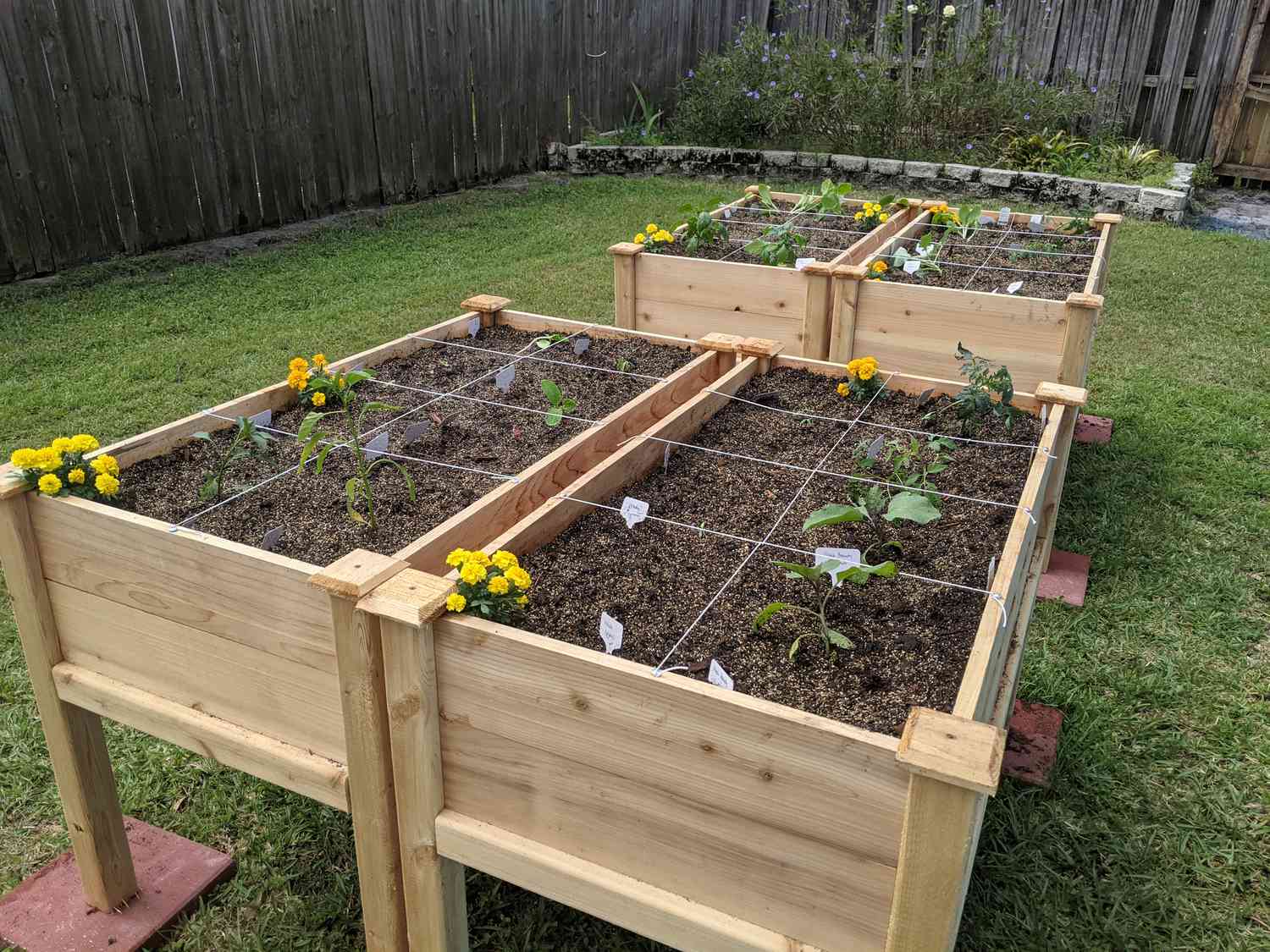
In elevated garden beds, the arrangement of plants is significantly more compact compared to traditional garden beds at ground level, leading to increased productivity in a limited area. French intensive gardening techniques involve planting crops at densities that are two to five times greater.
The presence of minimal bare soil significantly hinders weed growth. Nevertheless, this method of planting closely is effective only when the soil is nutrient-rich, enhanced with ample organic matter, and regularly replenished with nutrients.
What is the ideal depth for a raised garden bed?
For shallow-rooted plants like lettuce, spinach, and kale, a soil depth of at least 6 inches is necessary. In contrast, plants with deeper root systems require approximately 36 inches of soil. If the soil beneath the raised bed is of high quality, the roots will extend into that layer.
In a raised bed, the limited spacing makes soil depth crucial for providing adequate room for root development.
Three Designs for Elevated Garden Beds
There is a wide variety of raised garden bed designs available to accommodate any budget and available space. These designs can range from simple and cost-effective to intricate and aesthetically pleasing. They can be either temporary or permanent, and can be designed to be movable or fixed in place. Additionally, the selection of materials is extensive.
Here are three fundamental design alternatives:
Compact and Portable
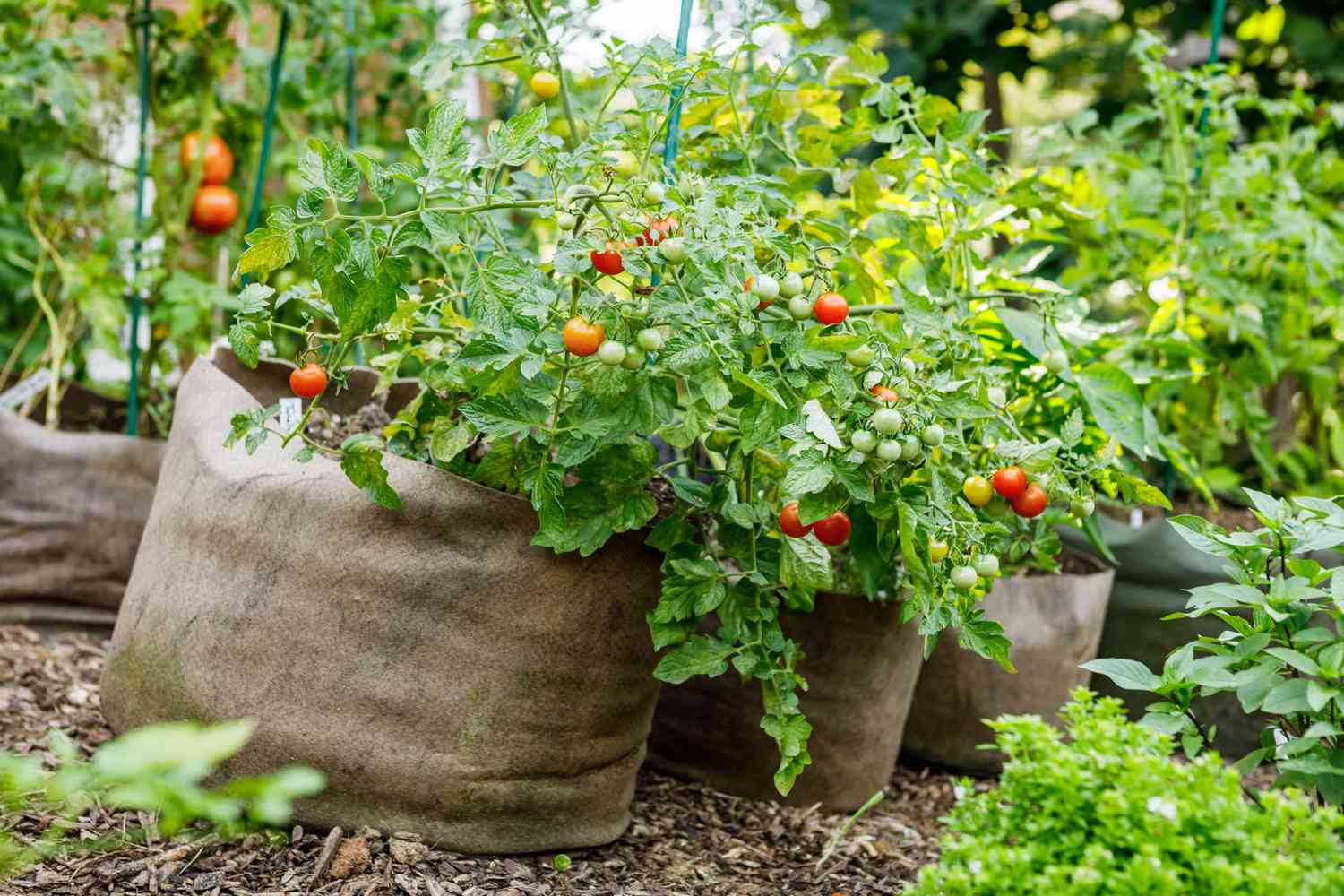
Grow bags, planter boxes, and milk crates serve as excellent budget-friendly alternatives for portable raised beds, ideal for cultivating herbs, lettuce, and other shallow-rooted plants like radishes.
Grow bags can be ideal for cultivating larger individual plants, like blueberry bushes. Elevated garden beds facilitate the management of the acidic soil pH that these plants require.
Standard and Prepped for Use
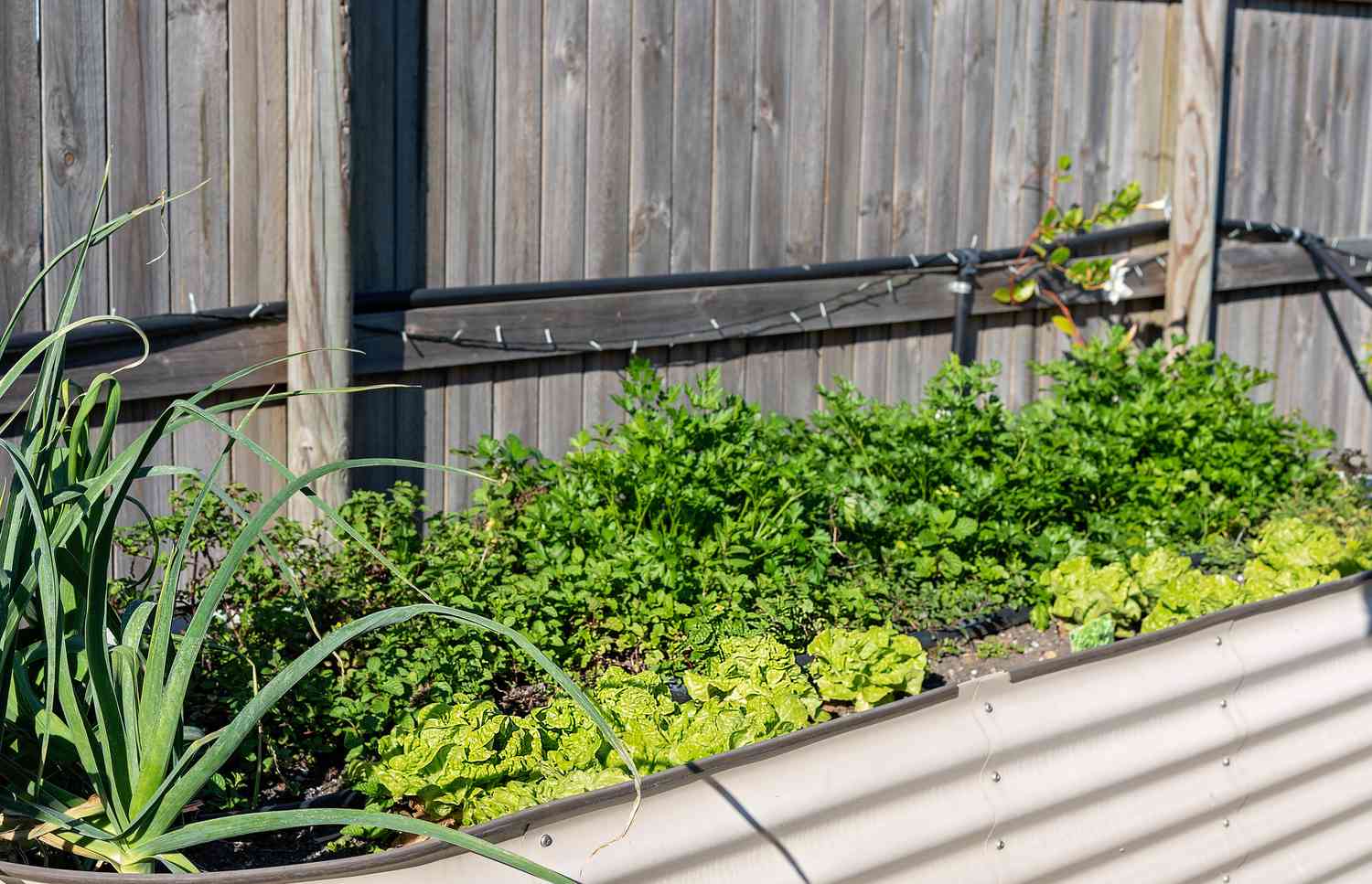
Animal feeding troughs or stock tanks serve as fantastic raised garden beds, offering a polished appearance. These rounded, galvanized metal containers are sturdy and convenient, as they come ready to use without the need for assembly.
To ensure proper drainage, it’s essential to create several drainage holes in the base before adding soil to the trough. With a minimum height of two feet, these troughs allow for the cultivation of deep-rooted plants.
Spacious and Tailored
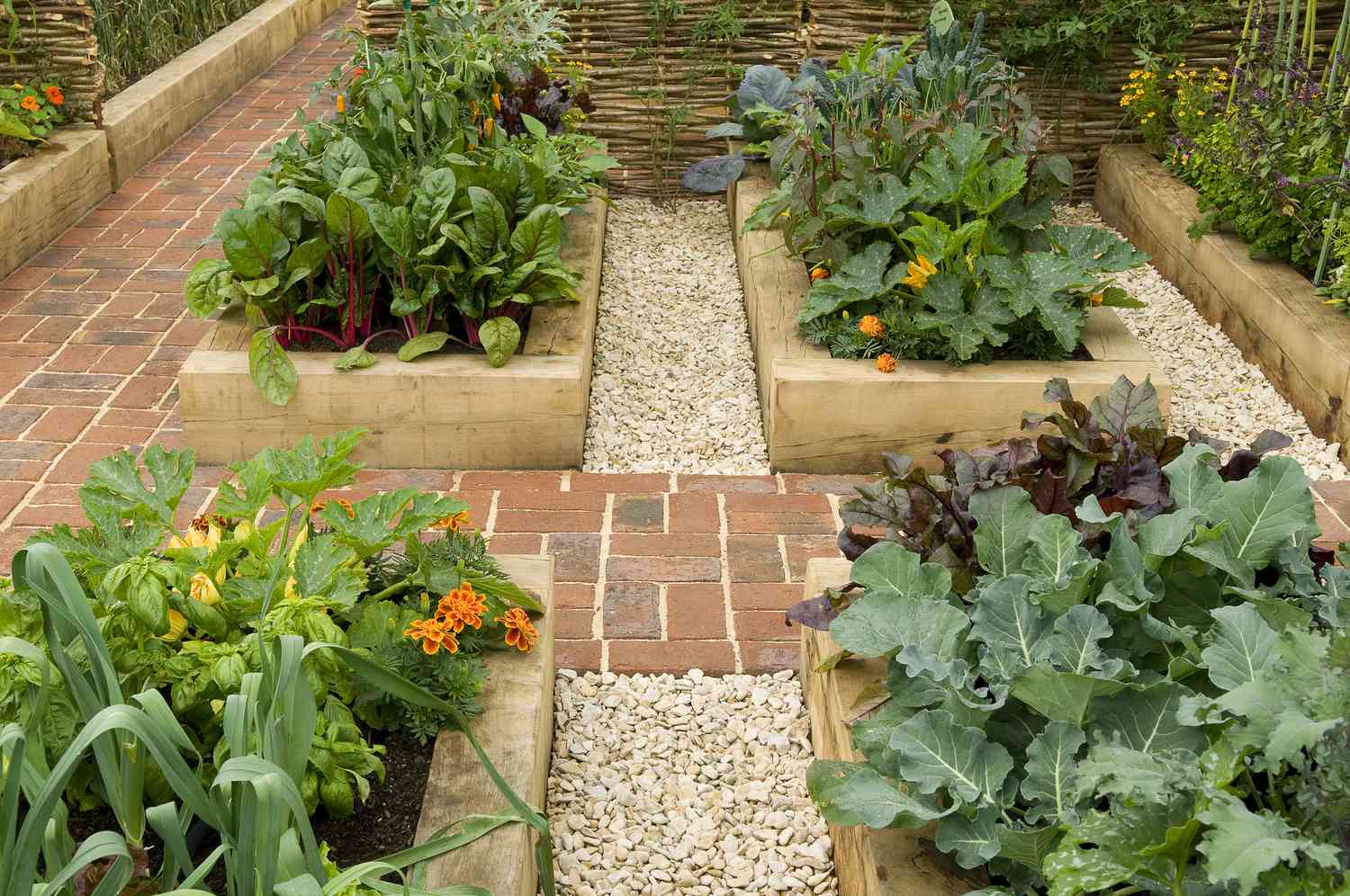
Constructing your own elevated garden beds using landscaping timber allows you to create spacious beds with maximum adaptability in size and height. The rectangular design ensures that you can utilize every bit of soil for your planting needs.
Opt for a durable hardwood like oak that resists rot, or consider pressure-treated softwood for a more economical choice. Untreated softwood tends to deteriorate rapidly when in contact with soil. If you choose to use treated wood, be sure to install a liner to avoid any chemical seepage into the ground.
5 Strategies for Planning Your Garden
- Position your garden bed in an area that receives a minimum of six to eight hours of direct sunlight each day.
- Arrange your crops to fulfill their light needs effectively. Cluster plants with similar light requirements together, ensuring that taller varieties do not overshadow shorter ones that thrive in full sunlight.
- Position any climbing plants like cucumbers or squash at the perimeter of the raised bed, allowing them to cascade over the edges.
- To optimize space in your garden, consider implementing relay cropping. This technique involves sowing the seeds of a secondary vegetable among the plants of a primary vegetable that was either sown earlier or has a longer growth period. A well-known pairing for this method is carrots and radishes. By the time the carrots are ready for harvest, the radishes will have already been collected.
- Drawing inspiration from French intensive gardening, when establishing succession crops, opt for robust seedlings instead of sowing seeds directly into the soil, with the exception of root vegetables that do not transplant effectively. This approach helps you avoid wasting valuable space on seeds that may germinate inconsistently or poorly, a challenge that can arise even for seasoned gardeners.


 Tips for Cultivating and Maintaining Firebush
Tips for Cultivating and Maintaining Firebush Creating a Soaker Hose from a Used Garden Hose
Creating a Soaker Hose from a Used Garden Hose Indoor Gardening Solutions: Limitless Plant Opportunities
Indoor Gardening Solutions: Limitless Plant Opportunities